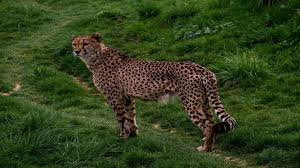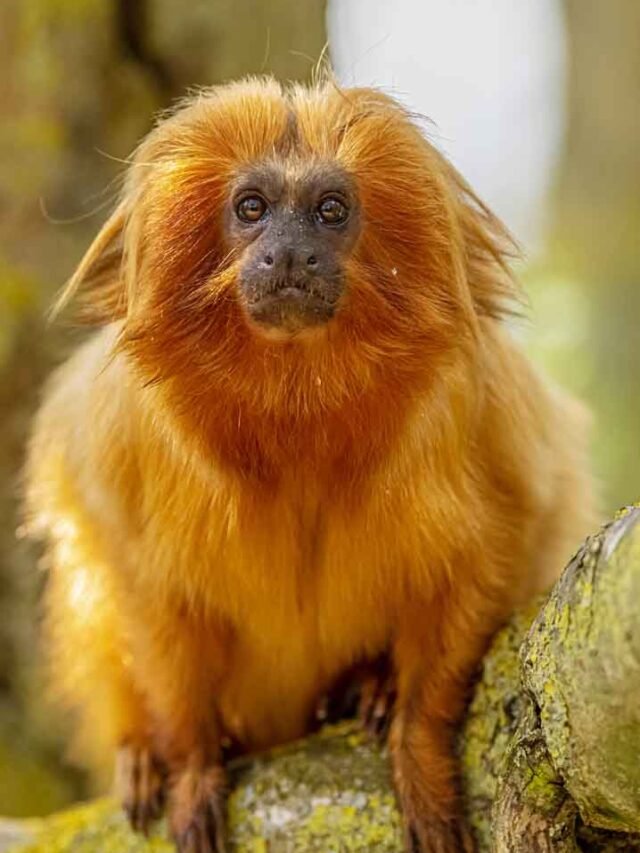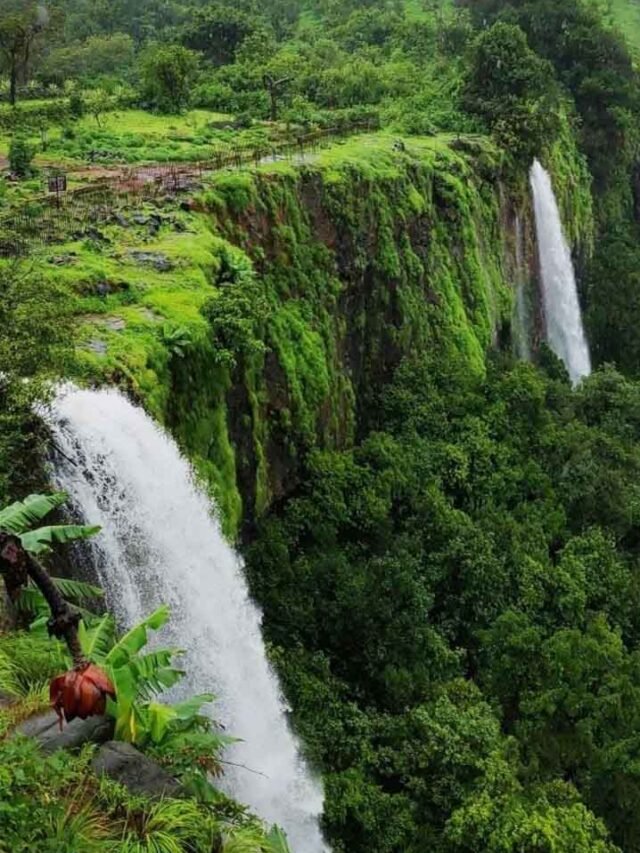NEW DELHI Sept 16: India plans to import cheetahs from South Africa that do not develop thicker winter coats — a primary factor behind severe infections in some cheetahs and the death of three of them, according to the head of the reintroduction project.
Prime Minister Narendra Modi inaugurated ‘Project Cheetah’ in India last year by releasing a group of big cats brought from Namibia into an enclosure at Madhya Pradesh’s Kuno National Park on September 17. Project Cheetah marks its one-year anniversary on Sunday.
SP Yadav, additional director general of Forests at the Union environment ministry, emphasized that the project’s focus in its second year would be on breeding these animals.
He asserted that the radio collars cheetahs were made to wear did not cause any infections. However, authorities have decided to replace these collars with new ones from the same South African manufacturer.
Yadav, also the chief of National Tiger Conservation Authority, said the next batch of cheetahs will be imported from South Africa and introduced into Madhya Pradesh’s Gandhi Sagar Wildlife Sanctuary, which will be ready to welcome the spotted felines by the end of the year.
“It’s mentioned in the Cheetah Action Plan that Kuno has a carrying capacity of about 20 cheetahs. Right now, there are 15 cheetahs including a cub, and when we will bring the next batch of cheetahs in the country, it will be at some other place. We are preparing two such sites in Madhya Pradesh, one is the Gandhi Sagar Sanctuary, and the other is Nauradehi.
“The site preparation at the Gandhi Sagar Wildlife Sanctuary is going on in full swing. I’m expecting it to be completed by the end of November or December. Once we get the report of completion, we’ll go to the site and evaluate it from all preparation points of view. And after December, we’ll take a call on bringing the cheetahs,” he said.
Some experts have also recommended transferring cheetahs to Mukundra Hills in Rajasthan, saying it’s appropriate for the cats.
Yadav said: “Mukundra is a tiger reserve. You will be surprised to know that even tiger introduction in that area has not succeeded. Two adult tigers and cubs have already died (there) because of heavy parasitic load and heavy tick infection in that area. There are a number of issues in Mukundra. I don’t think right now Mukundra is prepared to receive or to successfully harbour cheetahs.”
He acknowledged that one of the biggest challenges faced in the first year of managing cheetahs in India was the unexpected development of winter coats by some cheetahs during the Indian summer and monsoon, in anticipation of the African winter (June to September). Even African experts did not expect it, the senior forest official said.
Yadav explained that the winter coat, combined with high humidity and temperatures, caused itching, prompting the animals to scratch their necks on tree trunks or the ground. This led to bruises and exposed skin, where flies laid their eggs, resulting in maggot infestations and, ultimately, bacterial infections and septicemia, leading to death.
“Some cheetahs did not develop winter coats and remained infection-free. They are better suited to Indian conditions. Therefore, in our next cheetah import, we will be very careful in animal selection. We will prefer animals that either do not develop winter coats or develop thinner ones,” the head of Project Cheetah said.
Yadav said one of the most significant achievements of the first year of the project is the successful natural hunting behaviour observed among the cheetahs in the wild.
“They have demonstrated great skill in hunting, protecting their kills, and adapting to the environment. These indications are extremely encouraging, and I believe we have accomplished numerous milestones within just one year of completing Project Cheetah,” he said.
Asked about the project’s focus in its second year, he said, “The first thing that comes to my mind is the breeding of cheetahs. And if we can expect more litter, the cubs born on Indian soil can better adapt to Indian situations. Once the breeding takes place, we will understand how the population will behave in our country. So, the main thing next year will be more cubs on the soil of Bharat.”
Under the much-vaunted Project Cheetah, a total of 20 animals were imported from Namibia and South Africa to Kuno in two batches — one in September last year and the second in February this year.
Since March, six of these adult cheetahs have died due to various reasons. In May, three of the four cubs born to a female Namibian cheetah succumbed to extreme heat. The remaining cub is being raised under human care for future wildling. (PTI)












